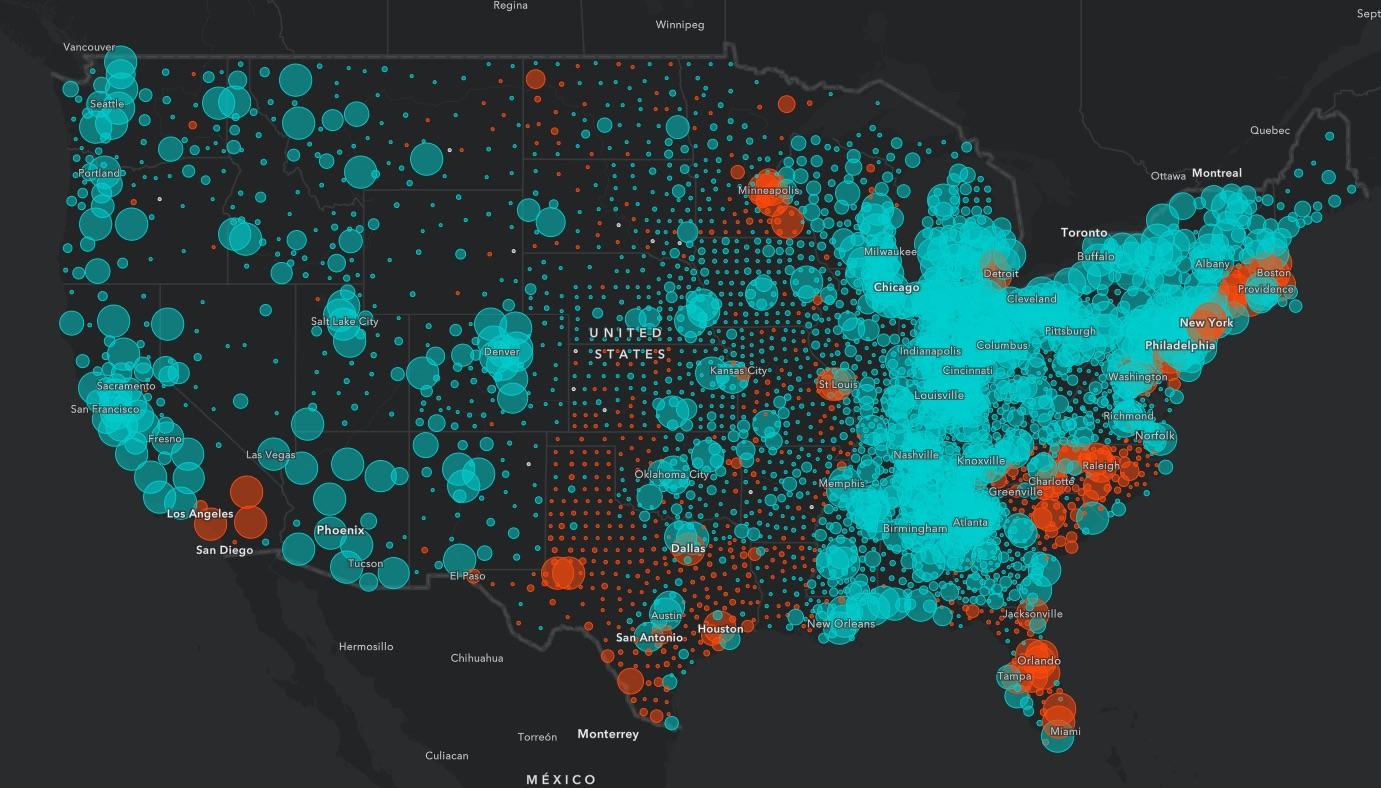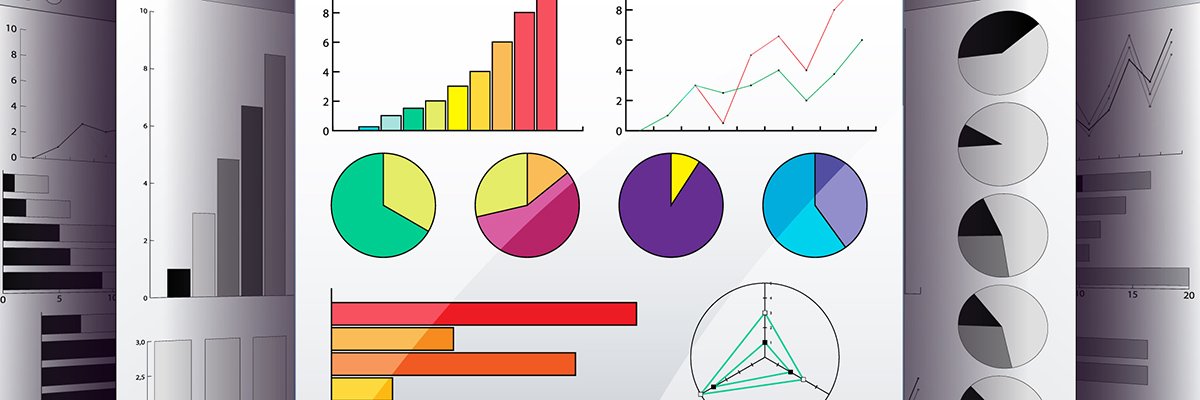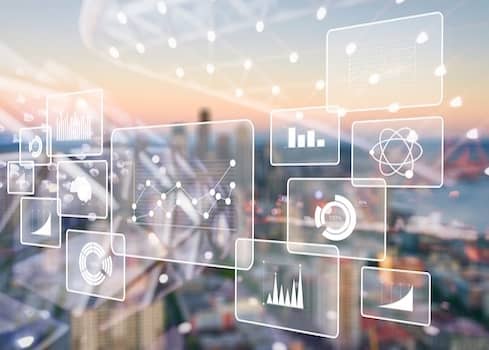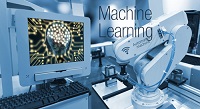New Capabilities Simplify How Businesses Can Unify and Leverage Customer Data, Make it Easy to Put Powerful Customer Analytics into the Hands of Every Stakeholder
As Customer Success continues to mature, everyone from CEOs to CSMs are leveraging more data points to optimize their operations, improve team performance, and measure their impact on Net Dollar Retention (NDR).
"Customer Success used to be all about building the ship, hiring the crew, and sailing from shore. Now that they've set sail, the new focus is on optimizing the route and navigation toward the destination. Horizon Analytics provides that data to help Customer Success navigate through that journey and stay focused on the horizon." – Karl Rumelhart, Chief Product Officer, Gainsight
Geospark Analytics uses 6.8 million data sources to track global threats every 15 minutes -

Location data used to be a nice-to-have feature of an app or service. Now location drives numerous daily decisions from where to find a COVID-19 vaccination shot to which office or store is at at full or half capacity.
Geospark Analytics is an Esri partner that illustrates one of the many new products powered by location data. The company uses deep learning, natural language processing , data analysis and statistical models to analyze everything from global security threats and to hyperlocal COVID-19 risk.
Air Force's data overhaul makes analytics a priority

The last year has demonstrated the importance of analytics across all realms, enabling organizations from national governments to local healthcare institutions down to the smallest businesses to remain prepared for sudden changes resulting from the pandemic.
In 2017, however, the Air Force, like many organizations, was not employing analytics to the fullest possible extent.
At the time, the Air Force had plenty of data, but it was locked in aging systems that were expensive to maintain, difficult to enhance, and didn't speak to each other and therefore created data silos .
How The Pandemic Changed Data Analytics and BI in the Enterprise - InformationWeek

After a year of disruption, a lot has changed across enterprises. These organizations have accelerated digital transformations, moved more operations to the cloud, and relocated more workers from offices to home offices. The way enterprises look at data, business intelligence, and analytics centers of excellence has evolved over the last year, too.
So much of analytics requires you to collect and analyze data about events that have already happened and use that to predict the future. But because 2020 was unlike any other year, it wasn't a time when organizations could rely on their past data as a predictor of the future. It also wasn't a year that necessarily provided data that could predict trends beyond 2020, either.
The ModelOps Movement: Streamlining Model Governance, Workflow Analytics, and Explainability -

The value additive gains from enterprise use cases of cognitive computing and machine learning are as manifold as they are lucrative. Organizations can employ these technologies to optimize management of distributed retail or branch locations, supply relevant recommendations for tempting cross-selling and up-selling possibilities, and process workflows more effectively—and efficiently—at scale to boost customer satisfaction.
What many are beginning to realize, however, is these gains are only manifested when firms can solve the core challenges that have been caveats for statistical Artificial Intelligence: model governance, explainability, and workflow analytics.
Global In-Store Analytics Industry (2020 to 2027) - Market Trajectory & Analytics -

Amid the COVID-19 crisis, the global market for In-Store Analytics estimated at US$1.6 Billion in the year 2020, is projected to reach a revised size of US$5.9 Billion by 2027, growing at a CAGR of 20.3% over the period 2020-2027.
Software, one of the segments analyzed in the report, is projected to record 21.1% CAGR and reach US$4.2 Billion by the end of the analysis period. After an early analysis of the business implications of the pandemic and its induced economic crisis, growth in the Services segment is readjusted to a revised 18.8% CAGR for the next 7-year period.
Graphs, quantum computing and their future roles in analytics - TechRepublic

Graphs are used in mathematics, engineering and computer science, and they are growing as a technology in IT analytics. Here's how they relate to quantum computing.
A graph is a collection of points, called vertices, and lines between those points, are called edges. Graphs are used in mathematics, engineering and computer science, and they are growing as a technology in IT analytics.
Capitalizing on Analytics and AI at Dell Technologies | CIO

As a global technology company with approximately 165,000 employees, Dell Technologies generates an enormous amount of data on a daily basis. To help the company and its customers gain value from this data deluge, the Dell IT organization manages a massive data lake and a world-class set of tools for data analytics, machine learning, deep learning and artificial intelligence.
At the heart of this data environment is a Greenplum database, a massively parallel data platform for structured data analytics, machine learning and AI. This leading-edge platform allows the Dell IT organization and users from around the world to rapidly create and deploy models for complex applications — from sales and marketing to predictive maintenance, cybersecurity and more.
No comments:
Post a Comment